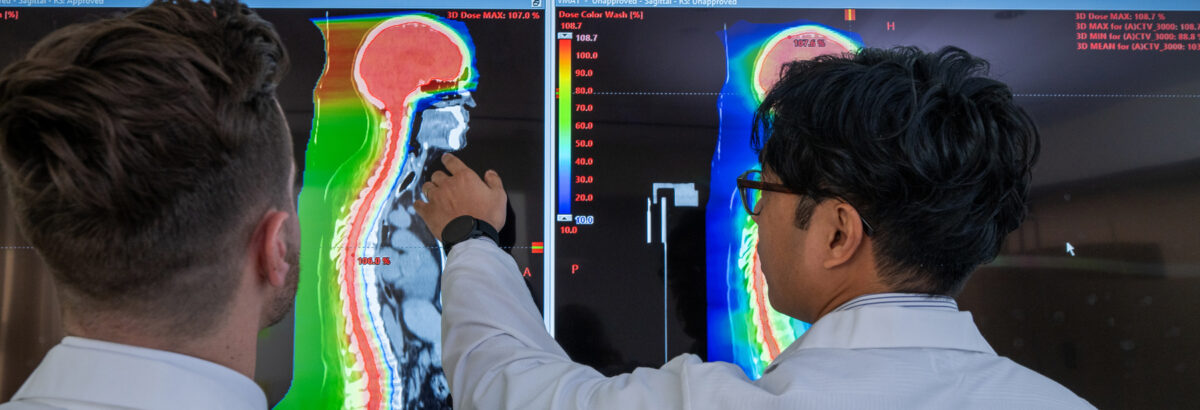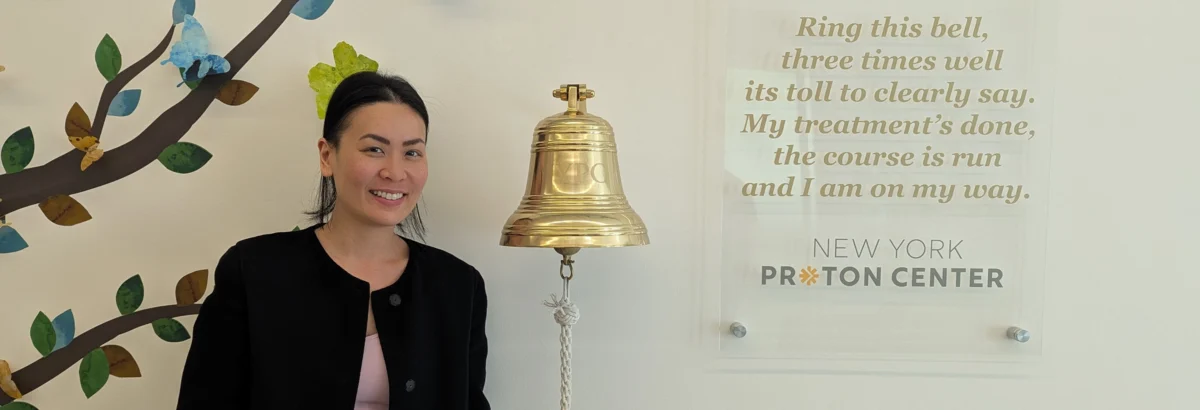Protons Reduce Side Effects in Pediatric Brain Tumor Treatment
September is Childhood Cancer Awareness Month, an important moment to acknowledge the strength, resilience and challenges patients and their loved one’s face in undergoing treatment for pediatric cancer. It is also a time to raise awareness about the various treatment options that are available.
Treating pediatric cancer is a complex and delicate process. Children’s bodies are still growing and developing. Conventional radiation therapy, while effective, can pose significant challenges when it comes to treating tumors in or near sensitive areas such as the brain and spinal cord. It often exposes both cancerous and healthy cells to radiation, which can result in damage and toxicity to surrounding organs and tissues. For children, the repercussions of this damage can have long-lasting harmful impacts, including secondary cancers, brain function loss, and developmental delay.
Due to its precision enabling oncologists to hyper-target tumors, proton therapy is an incredibly valuable treatment modality for pediatric patients with primary brain tumors. Proton therapy delivers radiation to cancerous tissues with ultra-specificity, ensuring that surrounding areas receive minimal to no radiation exposure. As a result, children who undergo proton therapy can experience fewer short- and long-term side effects from their treatment.
Studies have demonstrated significantly less or even no neurocognitive decline in children treated with proton therapy for brain and spine tumors when compared to treatment with traditional photon radiation therapy. Studies have shown that children who receive proton therapy can achieve significantly higher scores in reading and math and improved processing speed than children treated with photon radiation.
In addition, a treatment protocol called craniospinal irradiation (CSI) with proton therapy has shown promise for significantly improving treatment outcomes for children with medulloblastoma and other tumors affecting the brain and spinal cord.
Overall, CSI with proton therapy is an important advancement in the treatment of certain brain and spinal cord cancers, offering improved precision and reduced side effects in pediatric patients.
At NYPC, we offer proton therapy for a wide range of pediatric cancers – including low- and high-grade gliomas and various other forms of brain tumors, Wilm’s tumors, neuroblastomas, sarcomas, lymphomas and more.



